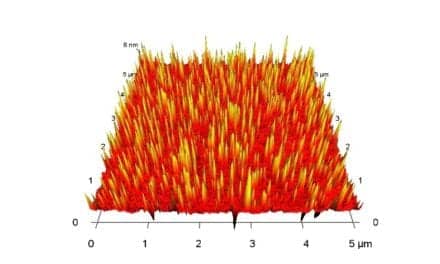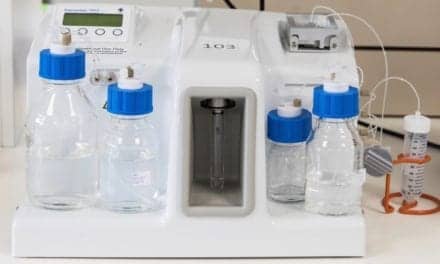Copan Diagnostics Inc, Murrieta, Calif, has shared the results of a study demonstrating that its WaspLab image analysis software can automatically detect and segregate positive samples of methicillin-resistant Staphylococcus aureus (MRSA) grown on chromogenic agar.1
Testing 57,690 samples, researchers found that the software achieved a sensitivity of 100%, and a specificity of 90% to 96% (varying by location). The software was also able to detect an additional 153 positive MRSA samples that were missed by manual reading.
Locations of the participating laboratories spanned the globe, and included facilities in Canada, Italy, The Netherlands, and the United States.
The study examined results from testing with Copan’s chromogenic detection module (CDM), which employs an algorithm to identify the presence of colonies on a plate, and distinguishes between different colors to group the samples into negative and positive cultures. The research team used chromogenic agar from three different manufacturers (BD Diagnostics, Sparks, Md; bioMérieux, Marcy-l‘Étoile, France; and Bio-Rad Laboratories, Hercules, Calif), to produce growths with different pigmentation. The cultures were read by the WaspLab CDM software and manually by a laboratory professional. Laboratory professionals were blinded to the software’s results.
Of the 57,690 plates scored for the study, 1,367 were determined to be positive by both the automated and manual reading processes. However, the CDM software recorded as “nonnegative” an additional 5,210 plates that had been manually recorded as negative. After a second manual examination, 153 of these discrepant cultures (2.9%) were reclassified as positive for MRSA.
During the study, the software never reported any manually positive plates as negative, demonstrating that the CDM has a sensitivity of 100%. The specificity score of 90% to 96% varied by location due to the conservative threshold of the CDM settings, which set the limitations low in order to avoid any false-negative interpretations. Data from the study suggest that the CDM software is more sensitive than manual reading of plate cultures.
“The results were impressive, as 88.6% of the chromogenic plates were never physically touched by the laboratory professionals since they were accurately segregated as negative by both the software and the technologist,” says Norman Sharples, CEO of Copan Diagnostics. “This capability reduces hands-on time considerably.”
The company’s module is not meant to be used without a technologist, Sharples continues, “but to provide the technologist with valuable tools that rapidly prescreen cultures, detect the presence of specific organisms of interest or known pathogens, and segregate cultures into positive and negative groups that enable faster turnaround times and actionable results within the therapeutic window.”
“Clinical microbiology relies heavily on the reading and interpretational skills of the technologist and microbiologist,” says Sharples. “In a time of diminishing resources and increasing work volumes, the advancement in these imaging algorithms supports the value of digital microbiology and full laboratory automation for the continued output of quality results and improved patient care.”
For more information, visit Copan Diagnostics.
REFERENCE
- Faron ML, Buchan BW, Vismara C, et al. Automated scoring of chromogenic media for the detection of MRSA using the WaspLab image analysis software. J Clin Microbiol. 2015; posted online December 30, 2015; doi: 10.1128/jcm.02778-15.






